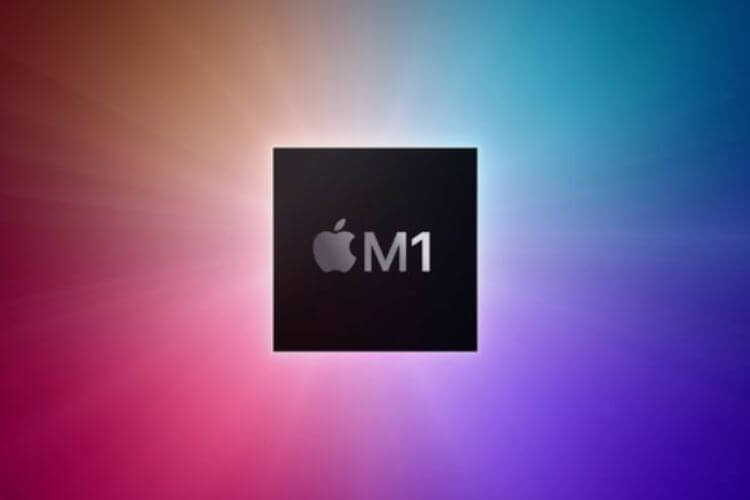

UTM is not as feature-rich as Parallels Desktop, but UTM is free (more accurately, payment is optional). You can bypass much of the initial setup complexity by using the UTM app, which allows you to run QEMU on your Mac with very little setup. There’s another solution, which is QEMU: a free, open-source emulator that (at least in its standard package) is somewhat difficult to install and set up. Parallels Desktop’s pricing can range anywhere from about $50 (for upgrades from a previous version) to $100 for the Pro Edition, unless you happen to buy it when it’s on sale. Of the two popular apps that have been used for years to run Windows and other operating systems on a Mac, namely VMware Fusion and Parallels Desktop, only the latter has been updated to run on an M1 or M2-based Mac. For now, Apple still sells one model of Mac mini with an Intel processor, as well as the more expensive Mac Pro which is out of most consumers’ price range.īut for those who want to move forward with Apple silicon, there’s another option: virtualization. M1 and M2) processors, few Macs are still available that let you dual-boot Windows or run Windows apps natively with an Intel processor.

Since Apple has been updating its Macs to run on its own Apple silicon (i.e.

Unfortunately, Apple only supports Boot Camp on Macs with an Intel processor. Apple’s Boot Camp allowed you to start up your Intel-based Mac in either macOS or Windows, and this dual-boot capability was great for people who needed to use both operating systems. CrossOver works great if the software you’re looking to use on M1 Macs runs without any problems.Software & Apps How to Run Windows 11 for Free on an M1 or M2 Macįor many years, Apple made it easy to run Windows on your Mac. Meanwhile, QEMU is free, but you need to have an understanding of how emulation works to create virtual disks and configure specific hardware. While Parallels Desktop seems like the most user-friendly option, it is a paid subscription. When you need to switch between two operating systems, you need a solution that is effective and works seamlessly. You can install QEMU with the Homebrew package manager by installing a package called “qemu”. All you have to do is to create a virtual machine with an ARM processor type. Since QEMU is an emulator, you can run Windows on Mac M1. The difference between QEMU and Parallels Desktop is while QEMU is a machine emulator, Parallels Desktop allows seamless functioning of Windows and macOS apps by giving users more control and options. QEMU also enables emulation for user-level processes to allow applications compiled for one architecture to run on another. It can be used with Kernel-based Virtual Machine (KVM) to run virtual machines at close to native speeds. QEMU uses dynamic binary translation to emulate the machine’s processor to run various operating systems. QEMU is a free open-source emulator and virtual machine software.


 0 kommentar(er)
0 kommentar(er)
